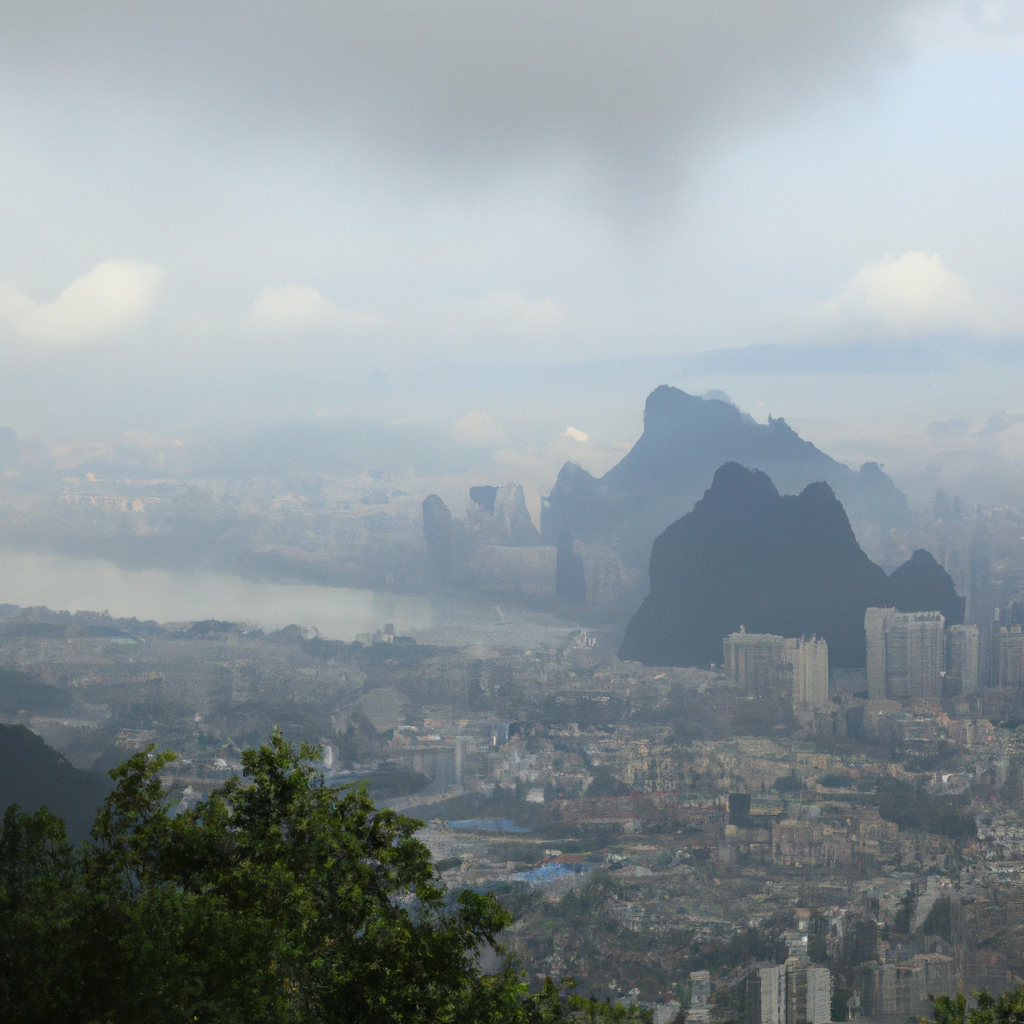Austria, a landlocked country nestled in the heart of Europe, is renowned for its rich cultural heritage, stunning alpine landscapes, and a high standard of living. Beyond the picturesque vistas and historical landmarks, Austria boasts a robust and diversified economic system that has made it one of the wealthiest nations in the world. This article delves into the intricate workings of Austria's economy, exploring its foundations, key sectors, and the policies that have shaped its current state. From the resilience of its industrial base to the burgeoning service sector, and the pivotal role of tourism, we examine how Austria has managed to maintain economic stability and growth in an ever-changing global landscape. Join us as we navigate through the economic tapestry of Austria, uncovering the factors that contribute to its prosperity and the challenges it faces in the 21st century.
Certainly! Here's a detailed content outline for an article discussing the economic system of Austria:
Certainly! Here’s a detailed content outline for an article discussing the economic system of Austria:
### Introduction
– Brief introduction to Austria
– Geographic location
– Population
– Historical context
### Historical Context of Austria's Economy
– Post-World War II reconstruction
– Economic development during the Cold War
– Transition after the fall of the Iron Curtain
– Joining the European Union in 1995
### Economic Structure
– Overview of Austria’s mixed economy
– Combination of market-based and state-influenced sectors
– Key sectors
– Industrial sector
– Service sector
– Agricultural sector
### Key Industries
– Manufacturing and Industrial Production
– Machinery, steel, and chemical industries
– Tourism
– Significance to the economy
– Major tourist attractions
– Banking and Financial Services
– Role of Vienna as a financial hub
– Energy sector
– Renewable energy initiatives
– Energy import and export
### Labor Market
– Employment rates
– Major employment sectors
– Policies and regulations
– Worker protections
– Labor unions
### Austria’s Trade and Investment
– Major trading partners
– European Union
– Non-EU countries
– Import and export commodities
– Foreign direct investment (FDI)
– Inflows and outflows
– Key investor countries
### Economic Policies and Governance
– Role of the Austrian government in the economy
– Fiscal policies
– Monetary policies
– Influence of the European Union
– Compliance with EU economic regulations
– Eurozone membership and its impact
### Economic Challenges
– Current economic issues
– Inflation
– Unemployment
– Housing market
– Long-term challenges
– Aging population
– Climate change and environmental sustainability
### Economic Outlook
– Projections for future economic growth
– Potential opportunities
– Technological innovation
– Green economy
– Risks and uncertainties
– Global economic instability
– Geopolitical tensions
### Conclusion
– Summary of key points
– Final thoughts on Austria’s economic resilience and future potential
### References
– List of sources and further reading materials
This outline provides a comprehensive look at Austria’s economic system, covering historical context, key industries, labor market, trade and investment, economic policies, challenges, and future outlook.
